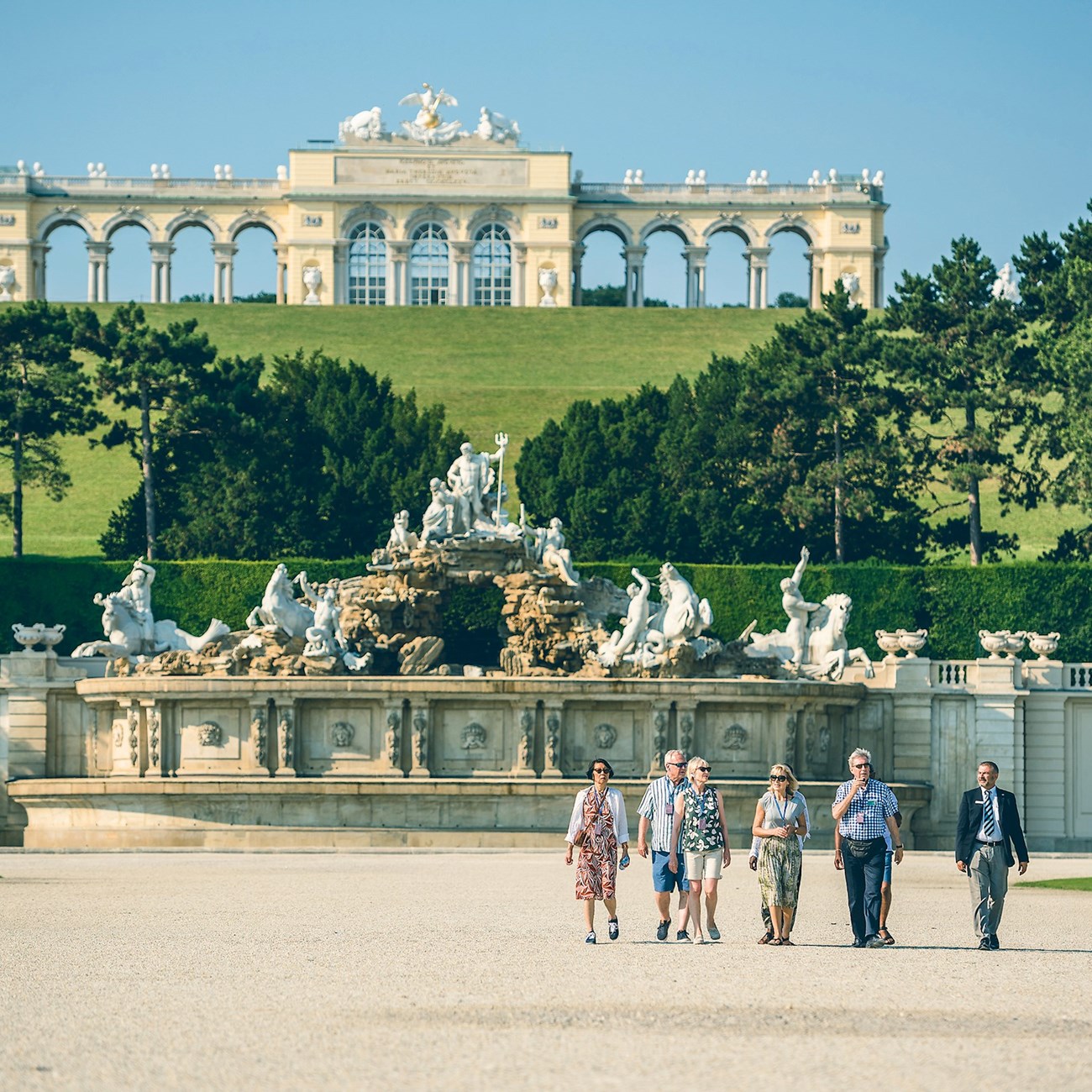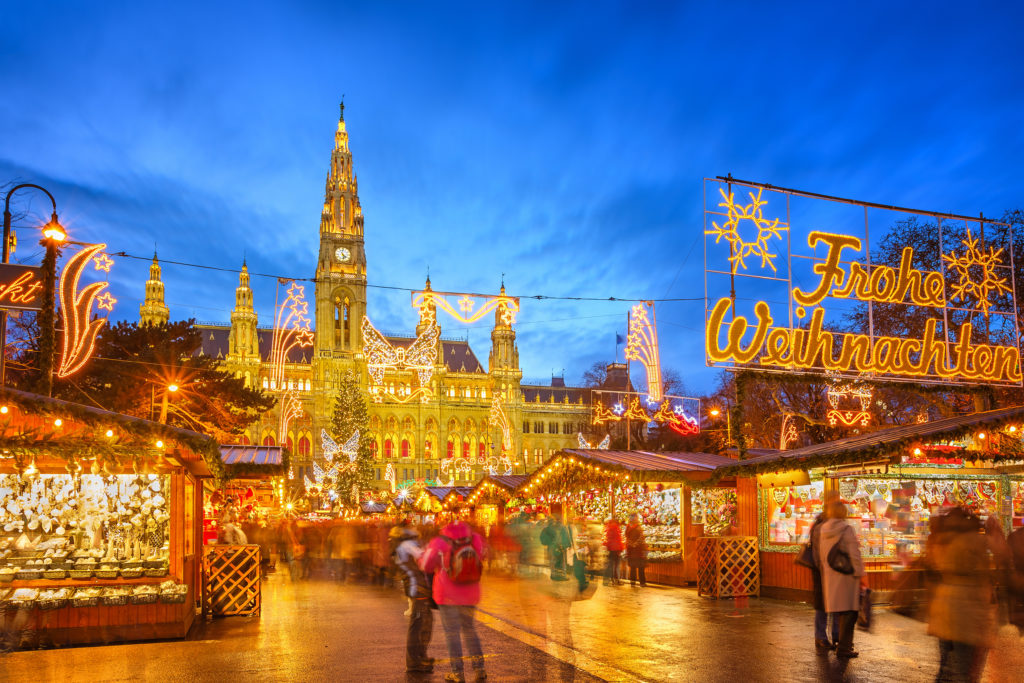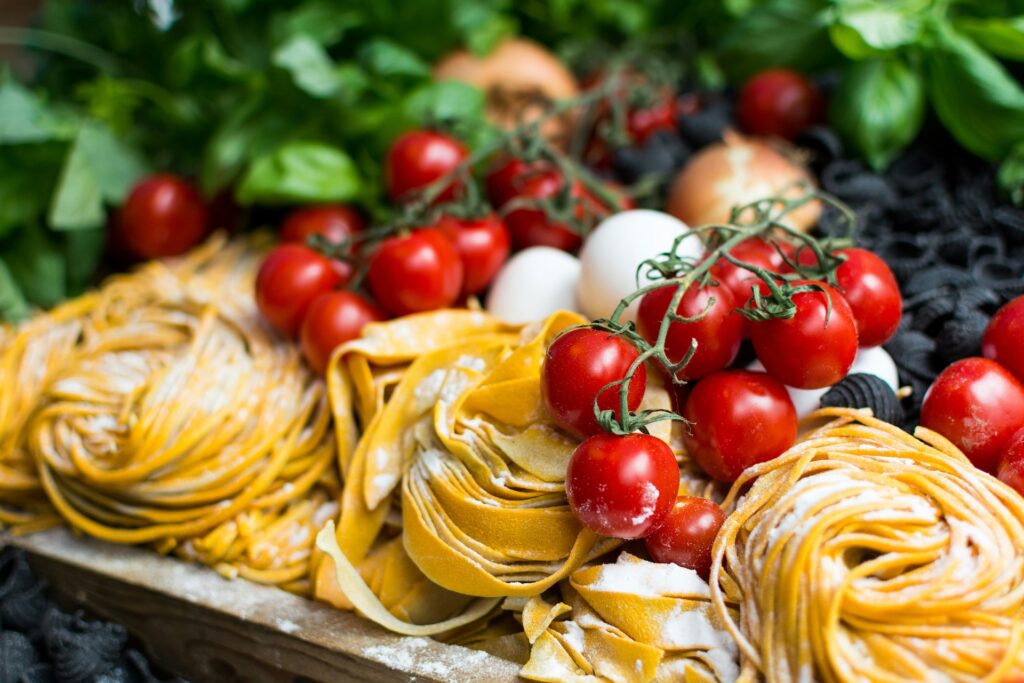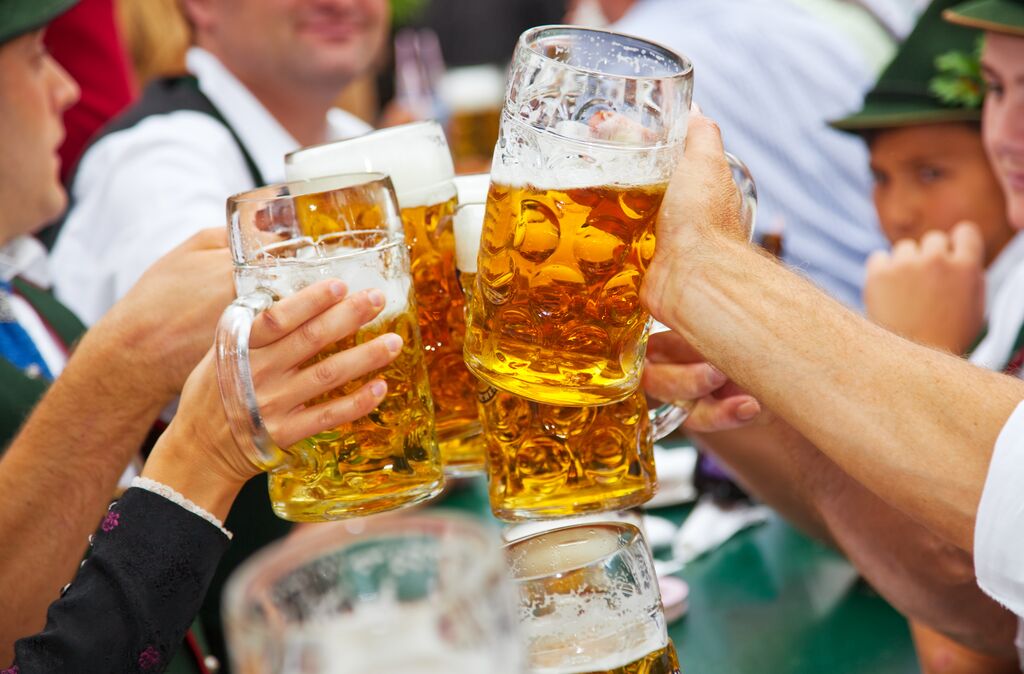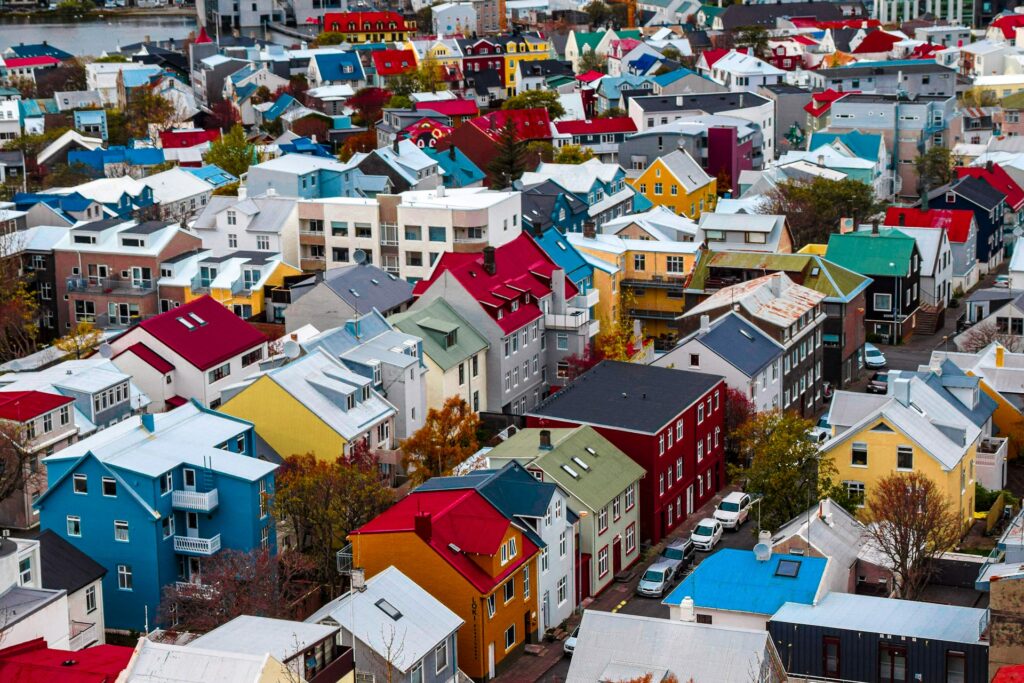The Coffee Houses that inspired Vienna's greatest writers & artists
10 Expert Tips for Attending the Opera in Vienna
Vienna’s legendary opera scene is surrounded by a certain mystery, which is part of the allure – but can also bring on some stress and questions if you’re planning on visiting. If you’re wondering about what show to see, where the best seats are, or (the big one) what to wear, then count this as your comprehensive, expert-backed guide to attending the opera in Vienna.
Our wonderful Vienna Local Expert Claudia spilled her secret tips on what you really need to know before you head to these elaborate opera houses. Having grown up in the beautiful Wachau region and attended the University of Vienna, she’s been showing travelers the beauty (and secrets) of Vienna since 1991!
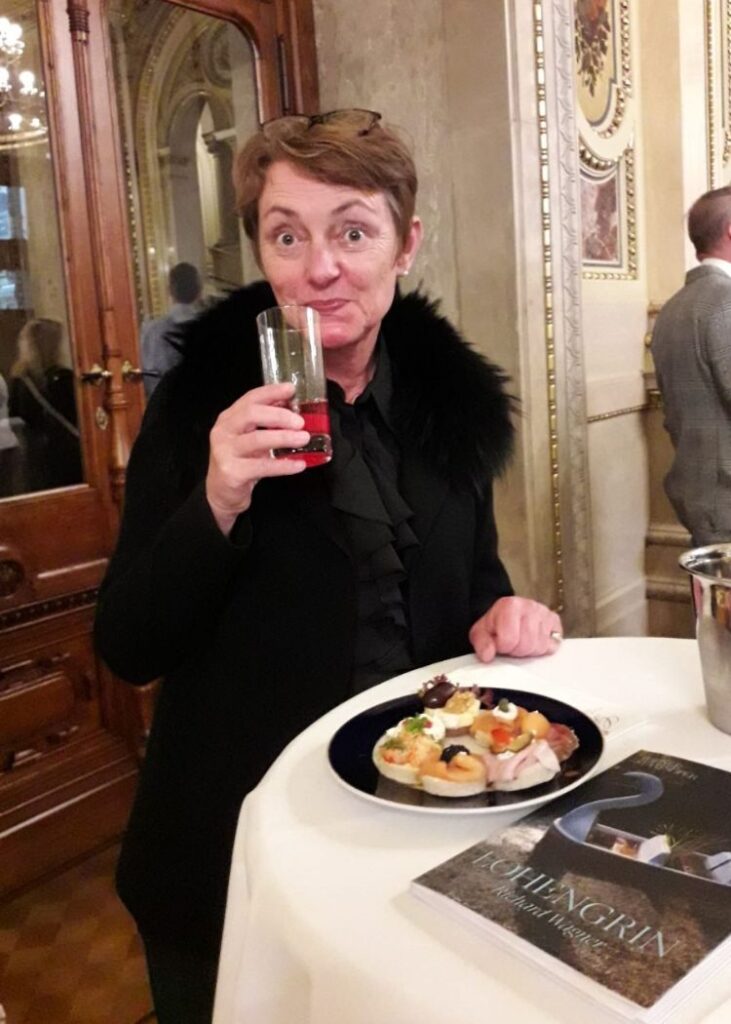
Meet our Local Expert, Claudia
You’ll meet Claudia on our tours to Vienna, where she’ll show you around the stunning Schönbrunn Palace – but today she swapped palaces for opera houses as she discloses her top tips for visiting the opera in Vienna.
1. The best Vienna Opera House
There are three main opera houses in Vienna: Vienna State Opera (Staatsoper), the Volksoper, and the Theater an der Wien. If you can only go to one during your time in the city, Claudia knows which one it should be. “Definitely go to Staatsoper Wein – it’s an impressive building with the best acoustics, orchestra and singers of Austria!”
The Vienna State Opera House opened in May 1869 after six years of construction – and its beautiful interior was worth the wait, with grand staircsaes and Renaissance façades. Sadly both of its architects, Eduard van der Nüll and August Sicard von Sicardsburg, died before they could see the finished building they designed. Parts of it were destroyed during World War II, but it was eventually restored and restructured, reopening in 1955. There are still parts of the original building’s exterior remaining, from loggia to façades.

The Wiener Staatsoper is one of the world’s busiest opera houses – it’s not uncommon to see a different opera performed each day of the week.
2. Know when the shows open
“Tickets are always on sale online for the current month and the next two months. For example, tickets for the whole of March go on sale on January 1st.” If you’re feeling organized and want to see a particularly popular show, make sure you get your tickets when they go on sale to get the best seats at the best prices.
3. You don’t need to learn a new language
Opera in Vienna is sung in the original language of the composition, usually Italian, German and sometimes French. But don’t feel as though you need to brush up on your language skills – all seats are provided with subtitles in multiple languages, including English. Bonus tip: one sentence on your subtitle screen may be sung multiple times in many different ways, so if your subtitles aren’t changing, don’t panic!
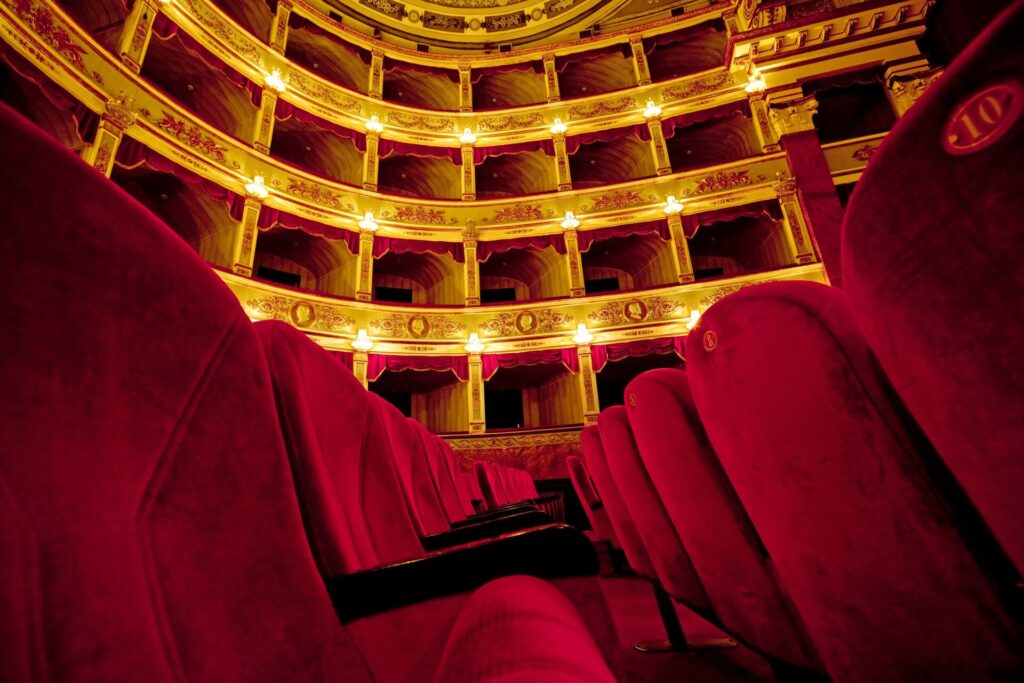
4. Save money with standing tickets
“If you don’t want to spend too much money, you can also book standing tickets – they have great views!” says Claudia. “Standing Room Tickets can be purchased online or at the Bundestheater box office from 10am on the day of the performance – at the Vienna State Opera, the box offices are located in the opera foyer.”
Standing room (“Stehplatz”) tickets are very affordable, coming in between €13-18. They’re comfortable enough for shorter performances, but we wouldn’t recommend them for very long shows.
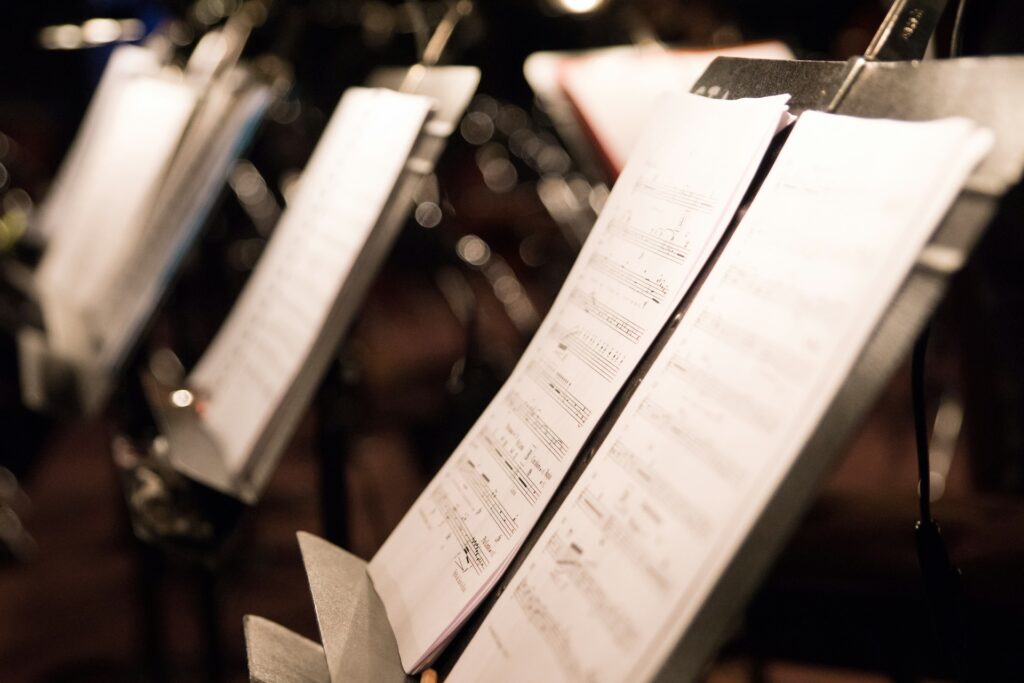
5. Where to sit
“If you book tickets in a box, the second row is recommended!” Claudia says. “Category 3 and 4 are very good,” she continues, as these tickets balance good views and acoustics while still being relatively affordable – though could still set you back around €145.
The best seats are in the Parkett area directly in front of the stage, though this is the most expensive area to book with prices reaching up to €300.
“Please note, it is an old building, so from many seats you have restricted view!” Claudia reminds us. You can view the official Vienna State Opera seating chart to see which seats are restricted.
6. What to wear
One of the biggest questions – and sometimes fears – surrounding the opera in Vienna is what to wear. Claudia’s advice? “Go smart casual or elegant – for the women, maybe even a long evening gown. For the gentlemen, suit jacket and tie are very popular among traditional Viennese opera-goers.” But if you haven’t packed your finest robes, then don’t worry. “Sneakers and jeans have arrived in the opera world,” she continues.
Save up to $3,000* per couple on your first Premium Tour
Plus receive latest offers, travel inspiration, and discover how your travels will make a positive impact. Together, WE MAKE TRAVEL MATTER®. Subscribe Now7. What not to wear
Sneakers and jeans may fly at the opera in these modern days, but that doesn’t mean anything goes. “Definitely a no-go: flip flops or sandals, and short trousers!” Claudia warns. If you are dressing up, then be considerate; you might want to bring out your finest hat, but make sure nothing you’re wearing obstructs the view of anyone else in the theater.
8. Don’t spend your time in line
Don’t spend your intermission waiting in line. “Book drinks and sandwiches online before the performance or in person at the buffet,” advises Claudia. “Calculate waiting time at bathrooms and if possible, avoid the elevators – there are only two of them in the whole building.” However, even if things do take a little longer, just remember it’s part of the charm of attending the opera in such a historic building!

9. Know where to spend your break
“Best intermission hall? Schwindfoyer! Best sandwiches? Gerstner’s Café Bar Aperitivo” reveals Claudia, who you can see at Gerstner’s in her picture above.
Both found at the Vienna State Opera, the Schwindfoyer is one of the building’s surviving original parts. The ornate room is named after the renowned painter Moritz von Schwind, and the entire room is one full dedication to opera as an art form, featuring stone busts of composers and paintings by Schwind depicting scenes from famous operas such as Der Freischütz and Le nozze di Figaro.
Gerstner is a café-restaurant in Schönbrunn, founded in 1847 and known for cakes and confectionery that impressed even the monarchy – no wonder it’s had its own bar at the Vienna State Opera since 1869.
10. Don’t see a show
“If you are more interested in seeing the building than attending a performance, check the website for guided tours and book online!” says Claudia. If you can feel the allure of the opera pulling you in but you don’t fancy sitting through 2-3 hours of a show, then immerse yourself in the magic of Vienna’s operatic history with a guided visit of your favorite opera house.
Discover the operatic history of Vienna – and more – on our premium tours to Austria.

LIKED THIS POST? SHARE WITH YOUR COMMUNITY
